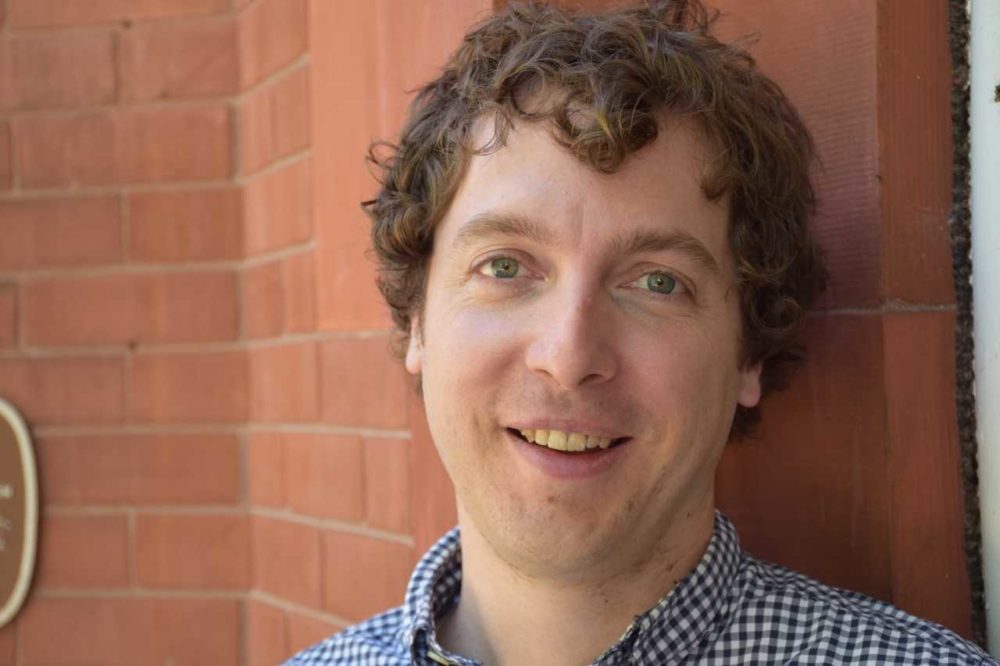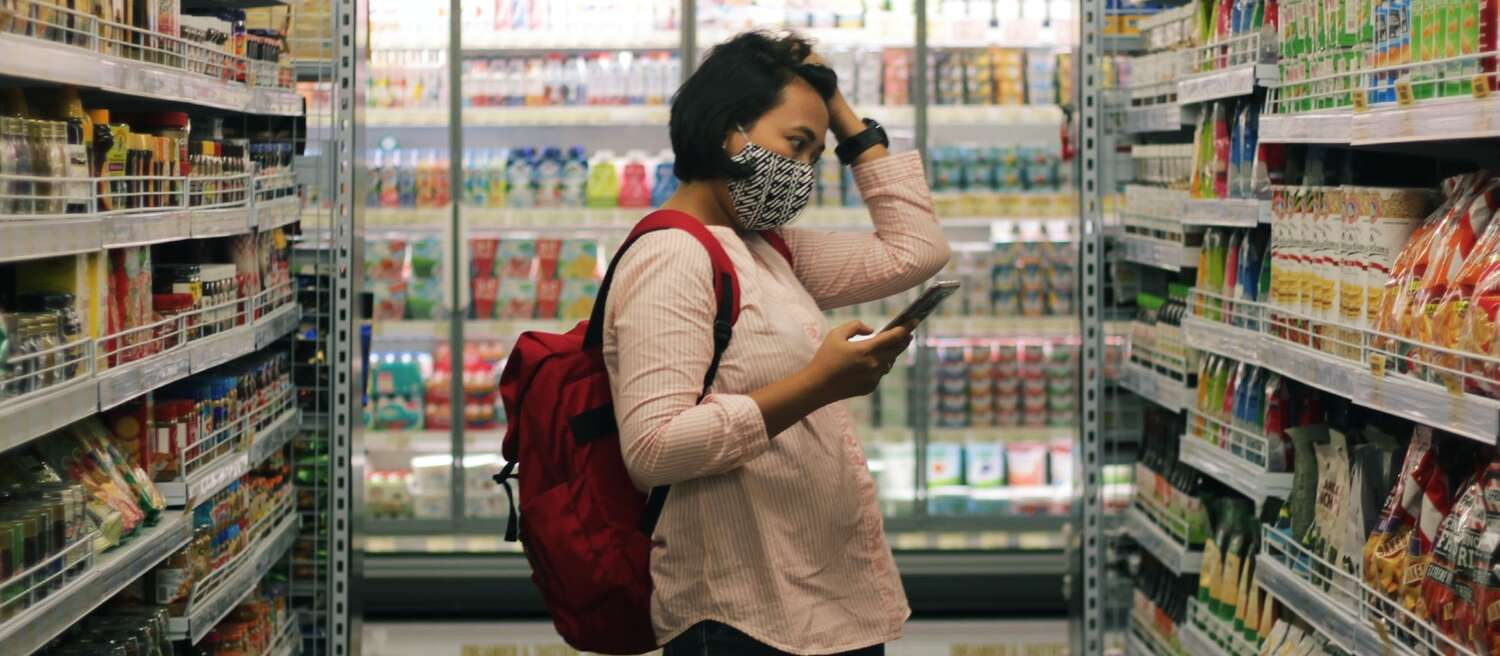With inflation and consumer prices on Canadians’ minds, this week’s release of the 2022 Canada Food Price Report from the University of Guelph likely takes on added importance.
Ensuring accurate predictions about next year’s food prices involves a behind-the-scenes team of AI experts at U of G whose “breakthrough” improvement this year promises to make the report even more spot-on than in past years, said Dr. Graham Taylor, director of U of G’s Centre for Advancing Responsible and Ethical Artificial Intelligence (CARE-AI).
His research group in the School of Engineering studies machine learning, or the use of AI models to crunch through piles of data to improve performance of predictive algorithms in varying applications. The school belongs to U of G’s College of Engineering and Physical Sciences.

Forecasting grocery and restaurant prices for the coming year is a tricky task involving numerous variables bundled into the annual consumer price index (CPI). AI smarts help in churning through those factors to make predictions.
For the past two years, Taylor and his team have crunched the data behind the scenes to help produce the annual food price report. The group’s predictions have proved accurate for many clusters of grocery items.
“We do well in most categories,” he said while comparing last year’s forecasts against actual observed changes. “A lot of the time, we nail it.”
This past year saw increases in prices for bakery, dairy, fruits, meat, seafood and restaurant meals. Last year’s report predicted those increases, although for some categories, the annual rise was higher than expected.
One surprise was the price of vegetables. Taylor points to better-than-expected harvests, although he doesn’t pretend to be a food supply expert. “I’m just the numbers guy.”
A better and smarter forecasting model
Zeroing in on the numbers is important for consumers, he said. The new report predicts that a typical family of four – including his own — will pay an extra $966 in 2022, or roughly $14,767 for food. “That’s significant,” he said.
This year’s edition marks a “major breakthrough” for the food price report’s crystal ball. Rather than rely only on the CPI, the group has developed a smarter model that learns by forecasting numerous economic time series ranging from oil prices to currency exchange fluctuations to job gains and losses. It is based on a method called N-BEATS, developed by the Quebec AI institute, Mila.
For the first two years, the team struggled to derive much benefit from the 334 additional variables downloaded from either Statistics Canada or the Federal Reserve Economic Data platform: this year, it worked. (They tested the model’s predictive abilities by running scenarios based on past years’ predictions and results.)
The trick is in how it exploits the additional data, said Taylor.
He likens the new model to a board game player who ups their chess-playing smarts not by playing only chess games over and over but by playing lots of different board games from checkers to backgammon to Settlers of Catan.
“If you want to learn to be a better board game player, there’s a general ability you can gain. It’s about increasing the size of the repertoire even if you only compete at chess.”
World-leading food price forecasting
He worked on the model with master’s student Sara El-Shawa and former post-doc Ethan Jackson, now an AI scientist at Toronto’s Vector Institute for Artificial Intelligence.
Taylor was initially approached by Dr. Simon Somogyi, U of G’s Arrell Chair in the Business of Food, to help in producing the annual food price report developed by U of G and Dalhousie University. Also involved in running predictive models are food and AI experts at the University of British Columbia and the University of Saskatchewan.
“CARE-AI and Dr. Graham Taylor have provided food price forecasting models that are world-leading and vital to the accuracy of our price predictions,” said Somogyi, a professor in the Gordon S. Lang School of Business and Economics. “The latest edition of the price report takes an innovative approach by using an ensemble of models that will help our report be more practically relevant and accurate.”
Taylor said the current pandemic highlights an ethical side to predicting food prices. In spring 2020, the team produced a “COVID-19 version” of the food price report intended to allay early fears about panic buying amid potential food supply disruptions.
“That got picked up by the media and was helpful in reassuring people that in a time of complete panic, the food supply chain was going to be intact, you’re going to have groceries.”
Beyond informing consumers about grocery and restaurant prices trends, his team hopes the same machine learning tools can be applied to other forecasting models including a project with the Centre for Addiction and Mental Health (CAMH) to better gauge clients’ needs for counselling services.
The organization would use the systems along with its counselling telephone and online help services to improve provision of mental health services. Taylor figures similar applications exist in other areas of the health care system.
“We want to pursue AI projects to advance the social good.”
Contact:
Dr. Graham Taylor
gwtaylor@uoguelph.ca
